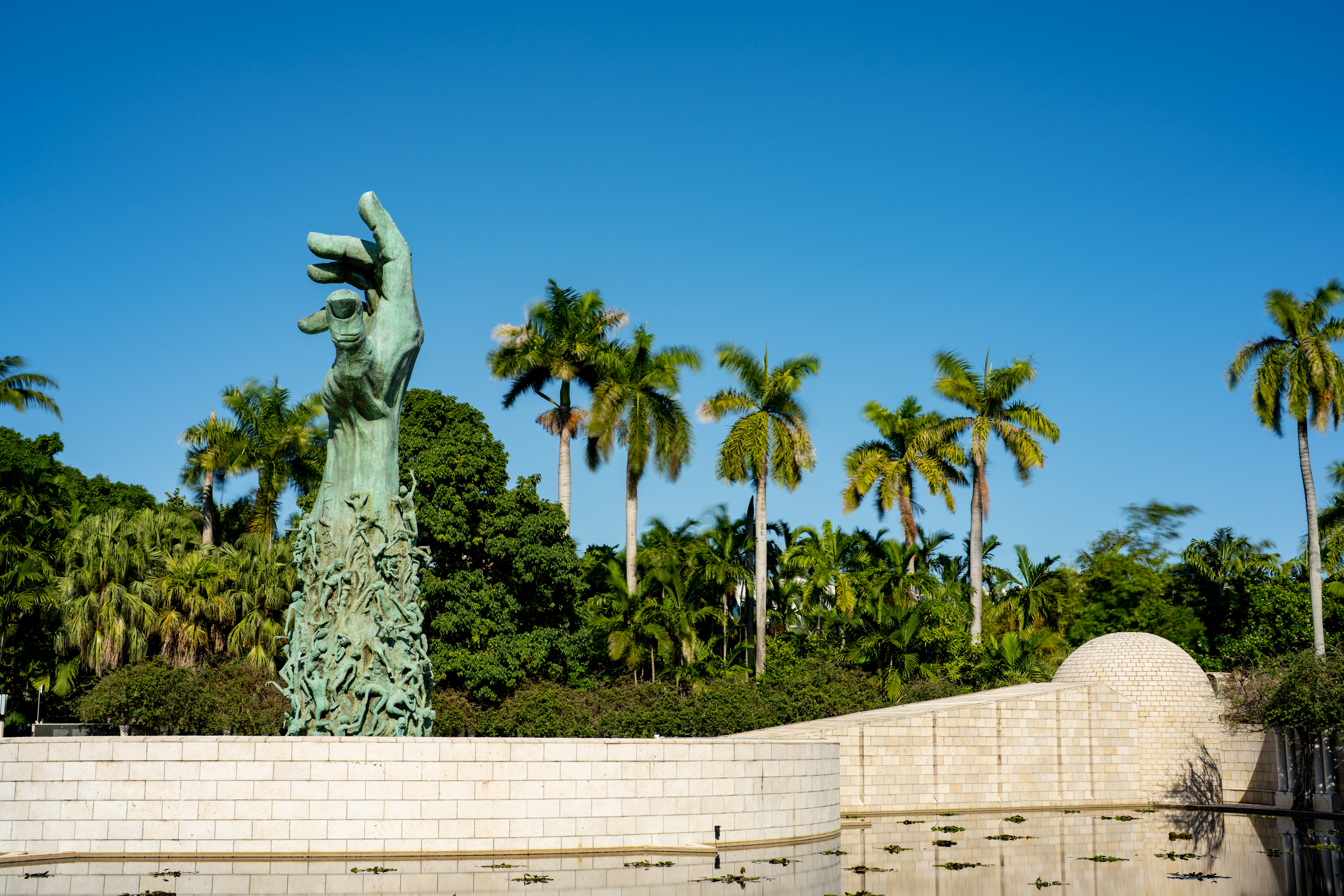In 1984, Holocaust survivors united to establish a Holocaust memorial museum in Miami. They dedicated their work to honoring the six million Jews murdered by the Nazis by forming the Holocaust Memorial Museum Committee, a nonprofit organization committed to this mission. Given South Florida’s demographics, with one of the largest populations of Holocaust survivors in the U.S., many residing in Miami Beach, the city became a significant and fitting location for the memorial. At the time, Abe Resnick, a founding committee member and Miami Beach City Commissioner, highlighted the importance of the region during a 1985 interview with The Miami Herald, stating, “This region is home to 20-25,000 survivors. We believed this was the best place to erect a monument representing all of Florida.”
A historical and cultural monument
Nevertheless, despite the noble intentions of organizers, not everyone embraced the idea. Critics argued that Miami Beach, known for its leisure and entertainment, felt too lighthearted to host such a solemn monument. One outspoken critic, Florence Shubim, a member of the Miami Beach Garden Club, which had plans to expand its center near the proposed site, objected strongly, saying, “Gloom is doom! Don’t turn one of the city’s bright spots into a cemetery.” Furthermore, others contended that placing the memorial on city property violated the separation of church and state, asserting it was a religious monument. Despite these arguments, however, the memorial honors the six million Jewish victims of the Holocaust as a historical and cultural monument. Importantly, it features no religious symbols.
The debate came to a pivotal moment when, on November 27, 1984, around 500 people gathered to sway the Miami Beach Planning Board’s decision. Holocaust survivors from across South Florida passionately shared personal stories of loss and devastation. Clara Linder, 79, tearfully recounted losing five sisters and five brothers, speaking in Yiddish through a translator. Similarly, Machela Oksenhenbler, 80, rolled up her sleeve to reveal her faded Nazi-inflicted tattoo, saying, “They were all killed.” Ultimately, the heartfelt testimonies moved the Board, which unanimously approved the memorial. Just eight days later, the City Commission also granted its construction. The memorial’s location at 1933–1945 Meridian Avenue—which symbolically aligns with the years of the Nazi regime—further cemented its significance.
The vision of the Holocaust Memorial Museum
To bring this vision to life, architect Kenneth Treister was tasked with memorializing the Holocaust victims. Reflecting on their suffering, he remarked, “Each one probably died believing no one would care, know, or remember.”
When you plan your visit to this meaningful memorial, consider staying at the Cavalier South Beach Art Deco hotel on Ocean Drive, just steps from the beach. Call (305) 673-1199 for reservations.

